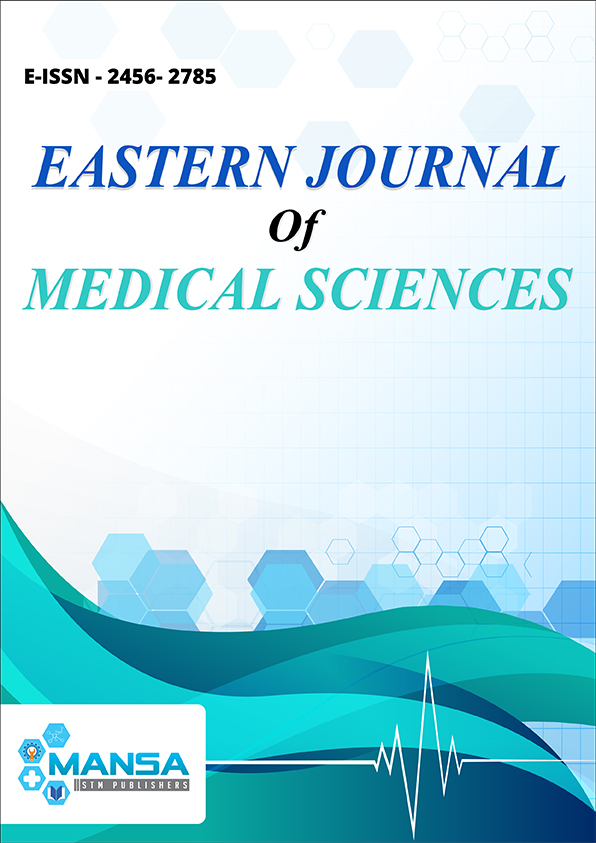Epidemiological patterns of pediatric orthopedic trauma in a district hospital in Mizoram, India
DOI:
https://doi.org/10.32677/EJMS.2020.v05.i01.004Keywords:
Childhood fractures, Institutional treatment, Neglected fractures, Pediatric traumaAbstract
Background and Objective: The objective of the study was to document the epidemiological patterns of significant pediatric orthopedic trauma in a district hospital in Mizoram, India. The information so collected may be used as baseline data in health-care planning and resource mobilization in areas where workforce and resources are limited, especially in the orthopedic specialty. Materials and Methods: A retrospective analysis of 570 pediatric age group patients, attending accident and emergency services at district level hospital from January 2013 to December 2017 was done. Significant traumatic orthopedic trauma, defined as fractures, dislocations, and ligaments injuries for this study, was taken into account. Record was analyzed for age, sex, type, and mode of injuries and seasonal variations. Results: A total of 431 (75.61%) patients attending orthopedics emergency had significant trauma. This accounted for 23.68% of all orthopedics emergency cases in a calendar year. The male-to-female ratio was 2.75:1 and injuries were predominantly high in 5–8 years of age. Injury pattern is similar to other reported series while the mode of injuries is significantly different from those in Western world. Conclusion: Pediatric orthopedic traumas do well with early intervention. Proper referral system is the need of the hour. Supportive health-care policy and decision-making based on epidemiological trends of injuries would result in favorable outcome of such management.

